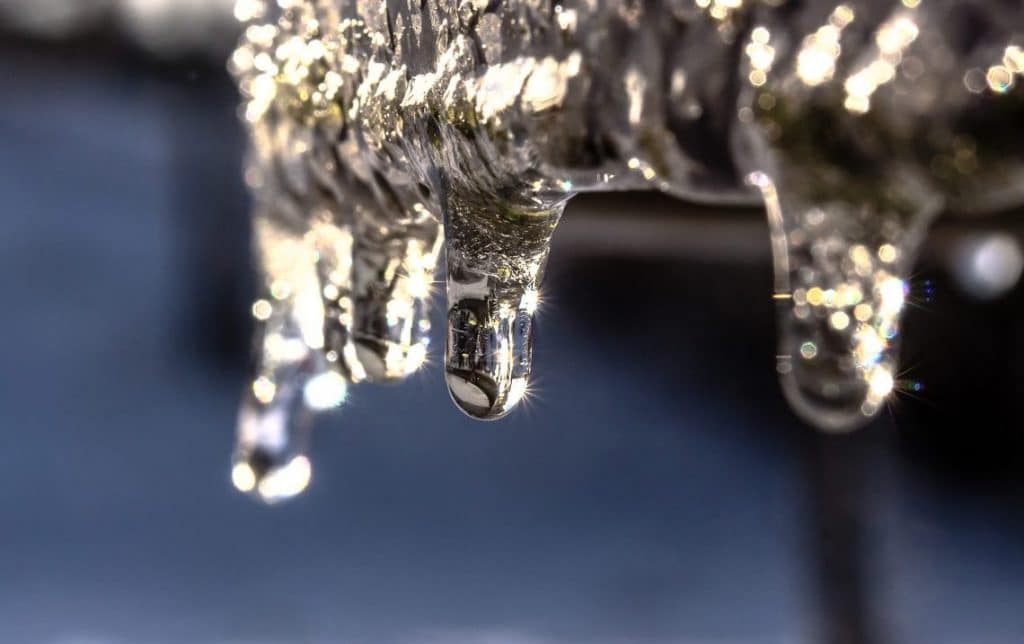Nearly everybody is bound to have his or her own idea on the subject of Preventing and dealing with frozen pipes.

Cold weather can damage your pipes, especially by freezing pipes. Right here's just how to stop it from occurring and what to do if it does.
Introduction
As temperatures decline, the danger of icy pipelines increases, possibly resulting in pricey fixings and water damage. Recognizing exactly how to stop frozen pipelines is essential for home owners in cold environments.
Avoidance Tips
Insulating susceptible pipelines
Cover pipes in insulation sleeves or utilize warm tape to shield them from freezing temperatures. Focus on pipes in unheated or outside locations of the home.
Heating methods
Maintain indoor rooms properly heated up, particularly locations with pipes. Open cupboard doors to allow warm air to circulate around pipes under sinks.
Just how to recognize icy pipelines
Try to find lowered water circulation from faucets, unusual smells or noises from pipelines, and noticeable frost on subjected pipes.
Long-Term Solutions
Architectural changes
Think about rerouting pipes far from outside walls or unheated locations. Include additional insulation to attics, cellars, and crawl spaces.
Upgrading insulation
Invest in high-grade insulation for pipelines, attics, and wall surfaces. Proper insulation aids maintain constant temperature levels and minimizes the risk of icy pipelines.
Shielding Outdoor Plumbing
Garden tubes and outdoor taps
Detach and drain pipes yard hoses prior to wintertime. Set up frost-proof faucets or cover outside taps with insulated caps.
Comprehending Icy Pipes
What triggers pipelines to freeze?
Pipes freeze when subjected to temperature levels below 32 ° F (0 ° C) for extended periods. As water inside the pipes freezes, it broadens, taxing the pipeline wall surfaces and potentially causing them to rupture.
Dangers and damages
Frozen pipes can lead to supply of water interruptions, building damages, and pricey repair services. Ruptured pipelines can flood homes and cause extensive architectural damages.
Indications of Frozen Pipeline
Identifying icy pipes early can stop them from breaking.
What to Do If Your Pipelines Freeze
Immediate activities to take
If you presume frozen pipelines, keep faucets open up to ease pressure as the ice thaws. Utilize a hairdryer or towels taken in warm water to thaw pipes gradually.
Final thought
Preventing icy pipelines needs aggressive procedures and fast reactions. By understanding the reasons, indicators, and safety nets, home owners can secure their plumbing throughout winter.
5 Ways to Prevent Frozen Pipes
Drain Outdoor Faucets and Disconnect Hoses
First, close the shut-off valve that controls the flow of water in the pipe to your outdoor faucet. Then, head outside to disconnect and drain your hose and open the outdoor faucet to allow the water to completely drain out of the line. Turn off the faucet when done. Finally, head back to the shut-off valve and drain the remaining water inside the pipe into a bucket or container. Additionally, if you have a home irrigation system, you should consider hiring an expert to clear the system of water each year.
Insulate Pipes
One of the best and most cost-effective methods for preventing frozen water pipes is to wrap your pipes with insulation. This is especially important for areas in your home that aren’t exposed to heat, such as an attic. We suggest using foam sleeves, which can typically be found at your local hardware store.
Keep Heat Running at 65
Your pipes are located inside your walls, and the temperature there is much colder than the rest of the house. To prevent your pipes from freezing, The Insurance Information Institute suggests that you keep your home heated to at least 65 degrees, even when traveling. You may want to invest in smart devices that can keep an eye on the temperature in your home while you’re away.
Leave Water Dripping
Moving water — even a small trickle — can prevent ice from forming inside your pipes. When freezing temps are imminent, start a drip of water from all faucets that serve exposed pipes. Leaving a few faucets running will also help relieve pressure inside the pipes and help prevent a rupture if the water inside freezes.
Open Cupboard Doors
Warm your kitchen and bathroom pipes by opening cupboards and vanities. You should also leave your interior doors ajar to help warm air circulate evenly throughout your home.

We were shown that report on 6 Ways to Prevent Frozen Pipes from a friend on another site. In case you liked our blog posting if you please consider to share it. Thanks for going through it.
Call Today
Comments on “Preventing Frozen Pipes in Cold Weather: Essential Strategies”